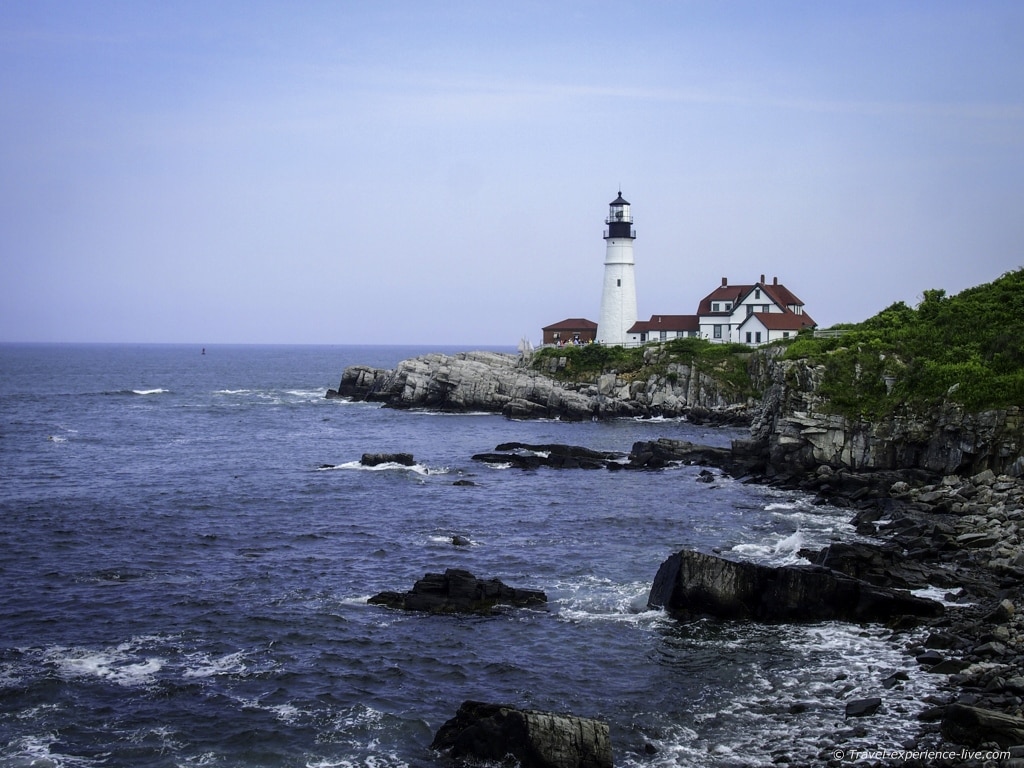National Parks in Hawaii: Native Heritage, WW II, Volcanoes & Waterfalls
Its name evoking images of sandy beaches, palm trees swaying in the sea breeze, rainbows, sunset cocktails and sensational seafood, Hawaii is easily one of the most popular holiday destinations in the United States.
Lovers of nature and history, too, will find plenty to see and do in the Hawaiian Islands, especially in the national parks of Hawaii.
Preserving everything from World War II sites and native Hawaiian heritage to spectacular volcanoes and gorgeous coastlines, the Hawaii national parks are as diverse as the islands themselves.
How Many National Parks Are in Hawaii?
Four of the eight main islands of Hawaii currently have one or more national parks.
In total, there are nine National Park Service (NPS) sites in Hawaii, which include eight parks and one national historic trail. Of those nine NPS sites, there are two are “actual” national parks in Hawaii: Haleakalā and Hawai’i Volcanoes.
This is the full list of the national parks in Hawaii.
Oahu
- Pearl Harbor National Memorial
- Honouliuli National Historic Site
Molokai
- Kalaupapa National Historical Park
Maui
- Haleakalā National Park
Hawaii (Big Island)
- Kaloko-Honokōhau National Historical Park
- Pu’uhonua o Hōnaunau National Historical Park
- Pu’ukoholā Heiau National Historic Site
- Hawai’i Volcanoes National Park
- Ala Kahakai National Historic Trail
This overview of the Hawaii national parks contains affiliate links. You can read more about our Terms of Use / Disclosure here.
Amazing National Parks in Hawaii to Visit for Heritage, History, Volcanoes, and Waterfalls
Below, you’ll find a brief description of each of the Hawaii national parks, with the exception of Oahu’s Honouliuli National Historic Site.
Recently designated, it isn’t open to the public yet. I’ll add it to the list once you’re able to actually visit this newest National Park Service unit in Hawaii.
Pearl Harbor National Memorial, Oahu
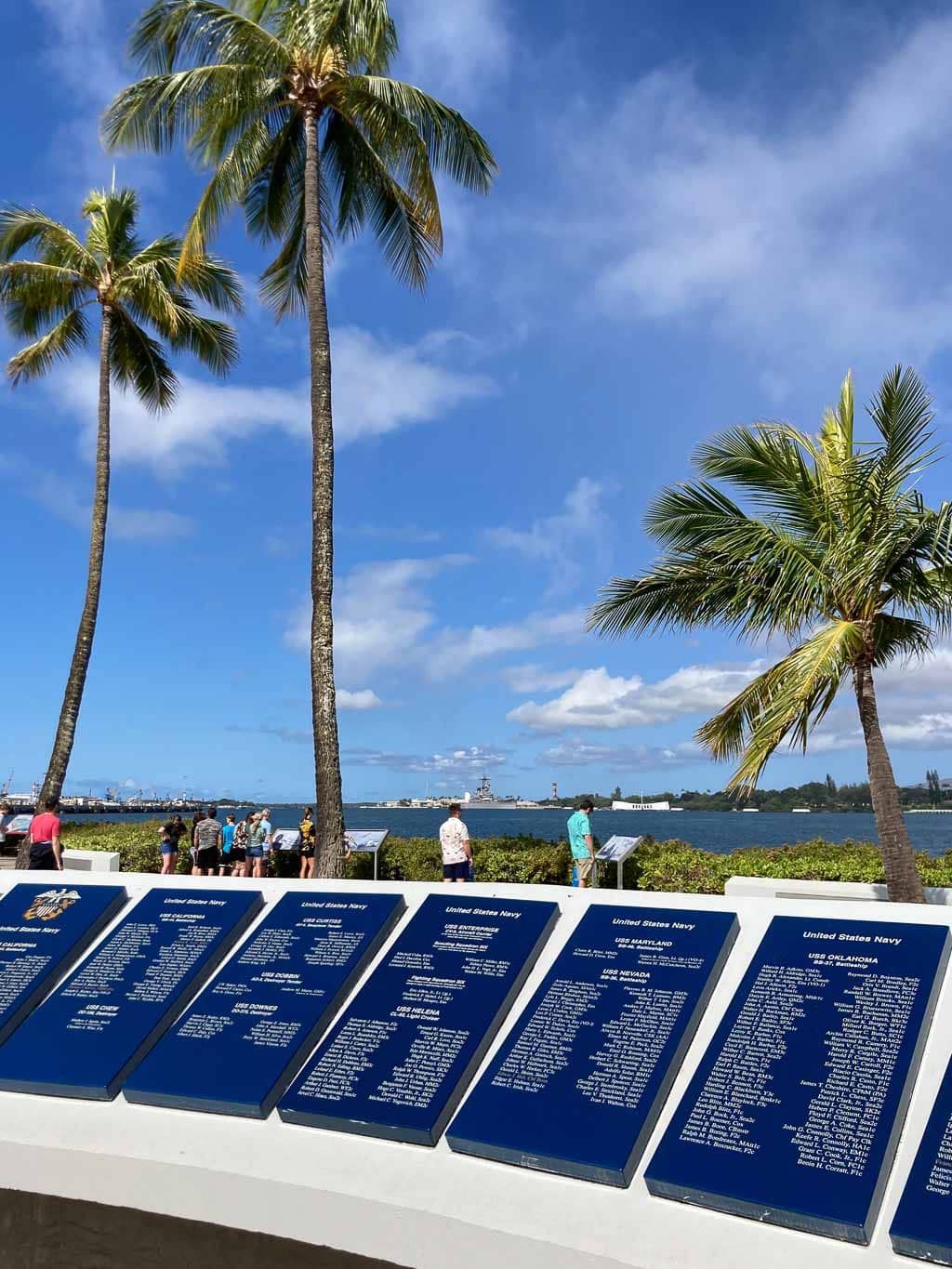
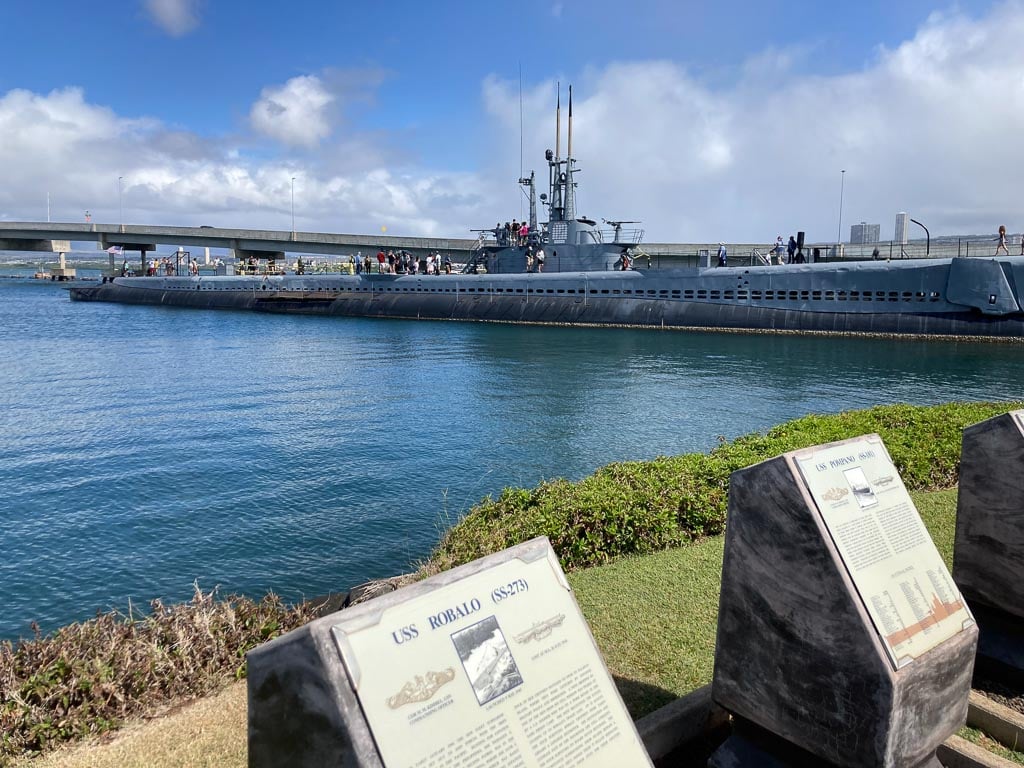
Commemorating one of the most pivotal moments in the history of the United States, arguably even the world, Pearl Harbor National Memorial interprets the December 7, 1941 attack on the Pearl Harbor naval base in Honolulu, Oahu.
This surprise attack by the Japanese on the United States, which had been neutral up until that point, forced it to enter World War II.
At Pearl Harbor National Memorial, visitors can walk through two exhibit galleries (“Road to War” and “Attack”), visit the Remembrance Circle and see interpretive wayside exhibits.
The highlight of Pearl Harbor, however, is the 75-minute USS Arizona Memorial Program. This popular program involves a documentary at the Pearl Harbor Memorial Theater and a navy-operated boat ride to the iconic USS Arizona Memorial.
In addition to the National Park Service-managed locations at Pearl Harbor, there are several other historic sites. Operated by other authorities or organizations and equally worth visiting, those include the Pearl Harbor Aviation Museum, the Battleship Missouri Memorial and the Pacific Fleet Submarine Museum.
More information: https://www.nps.gov/perl/index.htm
Honouliuli National Historic Site, Oahu
(Not yet open to the public)
More information: https://www.nps.gov/hono/index.htm
Kalaupapa National Historical Park, Molokai
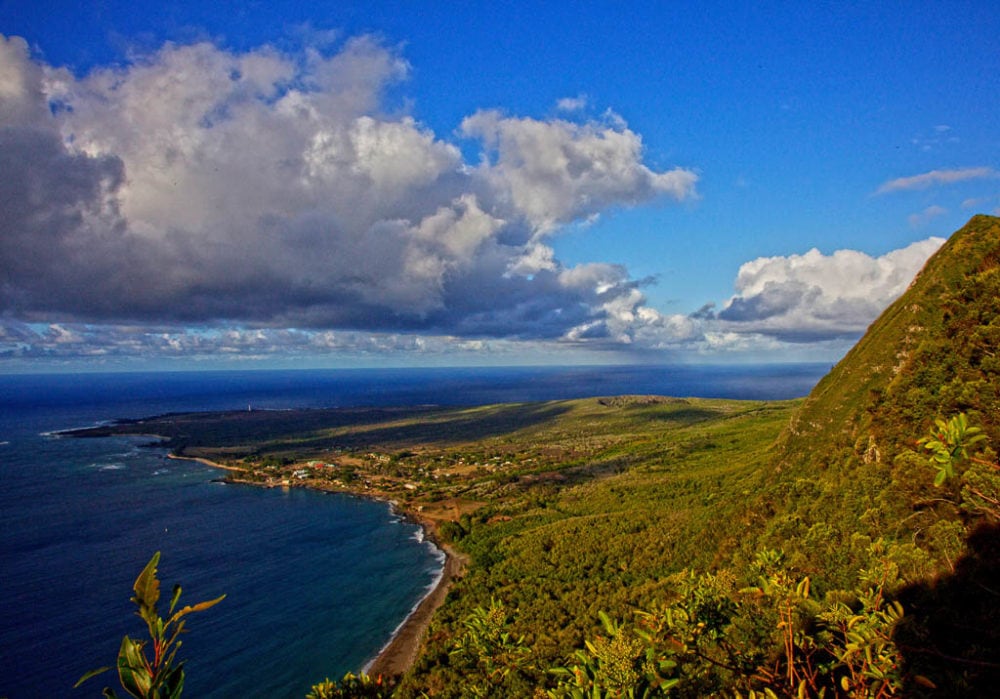
After leprosy, officially known as Hansen’s disease, arrived on the Hawaiian Islands, all people suffering from this terrible disease were banished to the north shore of Molokai by King Kamehameha V.
Options to prevent and contain this contagious disease were extremely limited and this was essentially a prison for ill people on the remote Kalaupapa peninsula. At the time, the best solution for leprosy was the complete isolation of afflicted persons.
Since 1866, when these “Hansen’s disease settlements” were established, over 8,000 people have passed away at Kalaupapa, most of them Hawaiians.
In addition to the countless people suffering from leprosy, Kalaupapa was also home to a number of so-called na kokua or helpers.
The most famous and iconic of them, by far, was Father Damien. A Belgian Catholic priest, he voluntarily lived with and cared for these leprosy patients for twelve years until he ultimately contracted leprosy himself and died in 1889.
Other notable helpers were Mother Marianne, Jonathan Napela and Joseph Dutton.
Once a community entirely shut off from the rest of the world, extreme quarantine if you will, Kalaupapa National Historical Park is now a “place for education and contemplation”, says the National Park Service. It is still a living community.
You can visit Kalaupapa on two different guided tours: Kekaula Tours and Saint Damien & Marianne Cope Molokai Tours. Both of these tours are owned and operated by Kalaupapa patient-residents.
More information: https://www.nps.gov/kala/index.htm
Haleakalā National Park, Maui
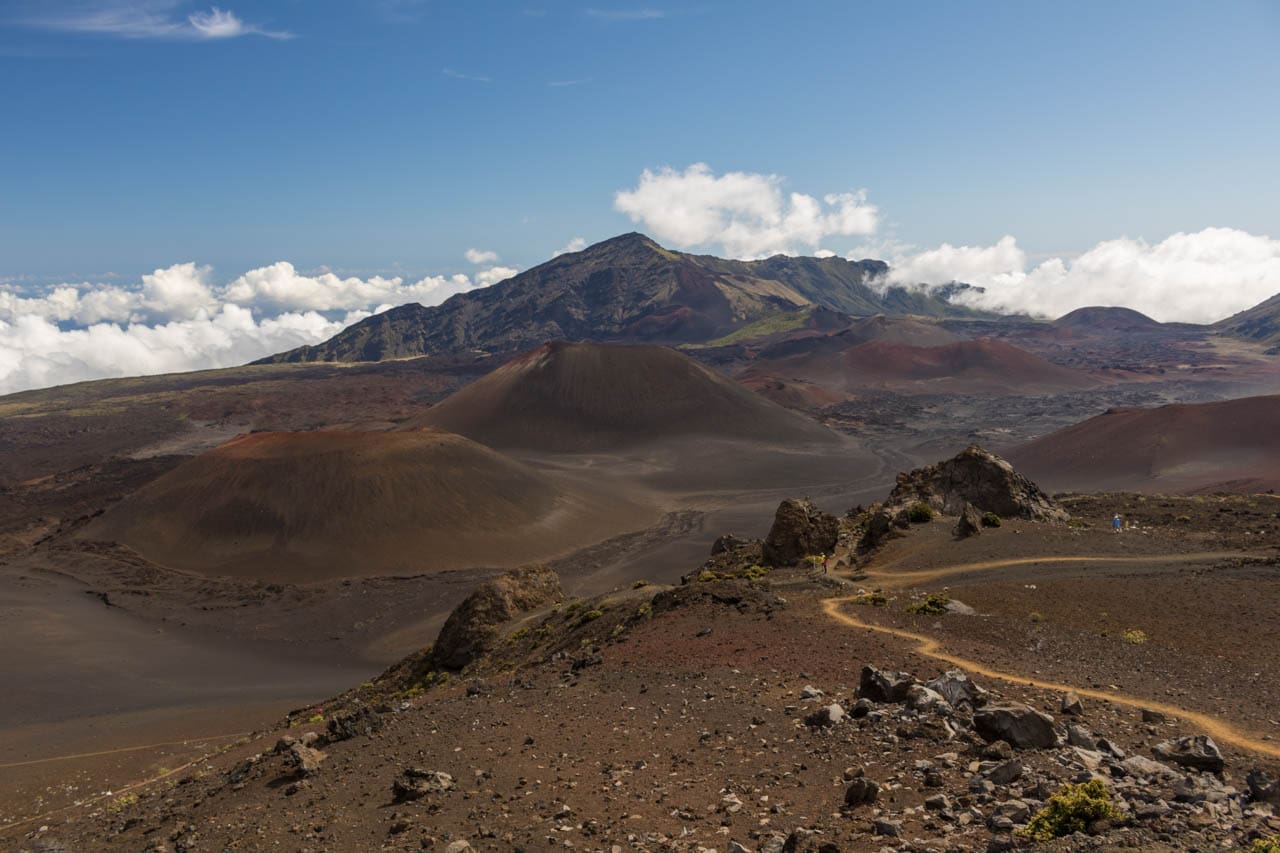
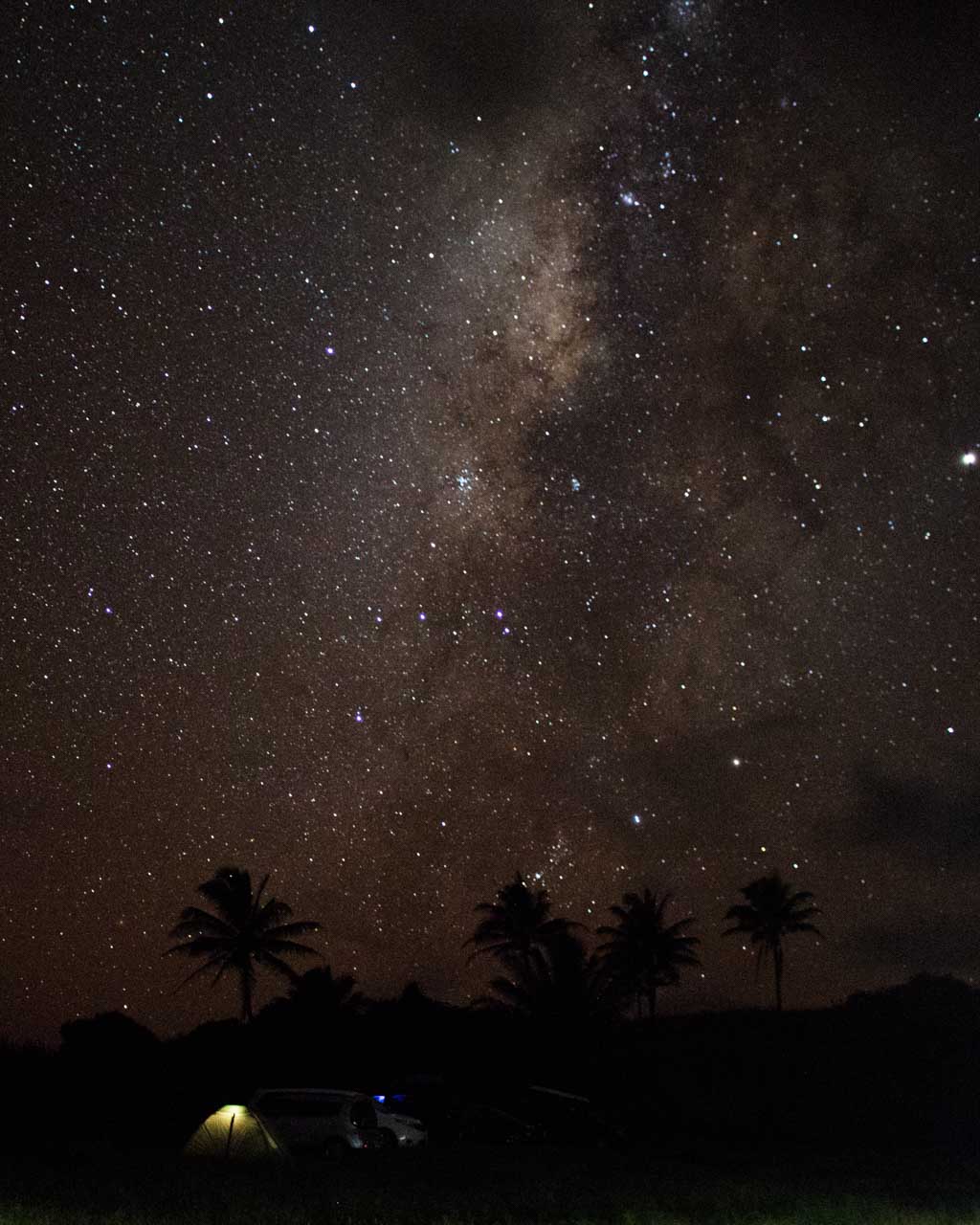
Encompassing a large part of the east side of Maui, Haleakalā National Park protects high-elevation volcanic landscapes, as well as tropical rain forests, waterfalls, coastline and native Hawaiian fauna and flora.
Rising 10,023 feet (3,055 meters) above sea level, Haleakala is the world’s largest dormant volcano, the centerpiece and namesake of this epic Hawaii national park, the only national park in Maui.
This is a shield volcano, created by the gradual addition of countless layers of lava, the largest part of which actually lies under the water’s surface.
In fact, when measured from the ocean floor to its summit, Haleakala is the third-highest mountain on Earth.
The Summit District offers superb sunrise viewing, epic stargazing and excellent bird watching opportunities, including birds that don’t live anywhere else on Earth. It is accessible via a long and winding two-lane road.
Hiking in the Haleakalā Crater is absolutely phenomenal, yet can be challenging due to the elevation and absence of shade. The 11.5-mile roundtrip hike to Pele’s Paint Pot via the Sliding Sands Trail is one of the best hikes in America’s national parks. There are several shorter and easier options, too, though.
The remote Kīpahulu District is along the east shore of Maui, reachable via the world-renowned Road to Hana. Having been inhabited by native Hawaiians for centuries, it’s dotted with historic sites and offers wonderful Hawaiian cultural experiences.
Additionally, Kīpahulu is also home to lush rain forest, a beautiful coastline providing sweeping views of the Pacific Ocean, as well as stunning waterfalls like the Pools of ‘Ohe’o Gulch and Waimoku Falls.
More information: https://www.nps.gov/hale/index.htm
Kaloko-Honokōhau National Historical Park, Hawaii

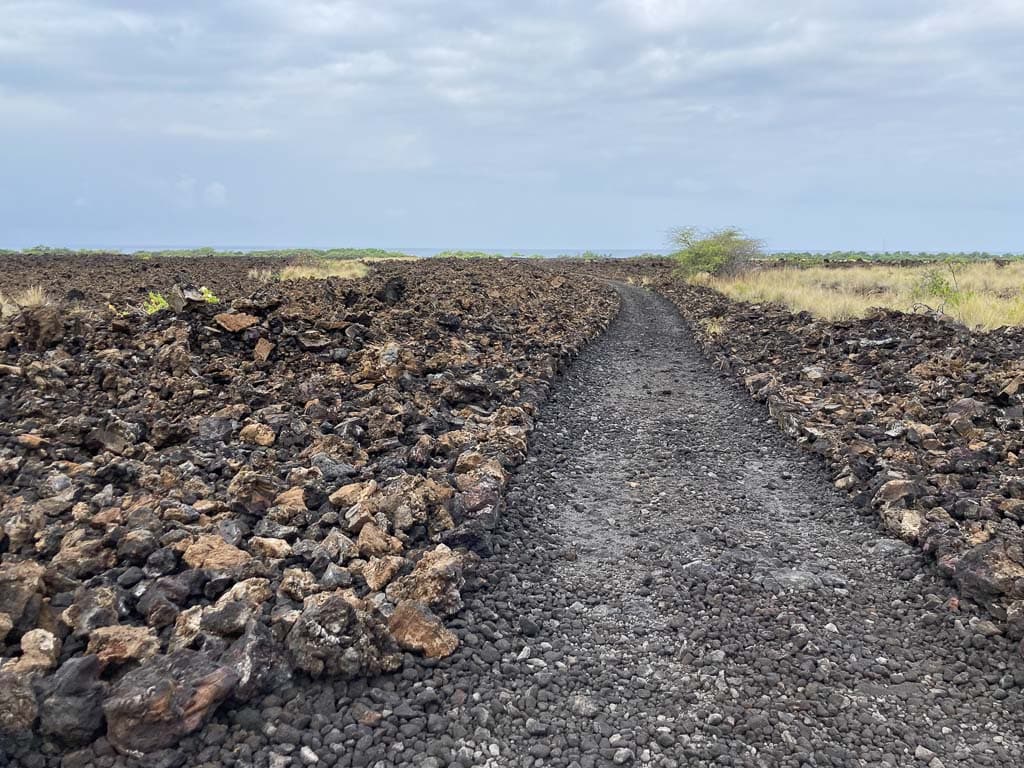
“The spirit of Kaloko-Honokōhau was its life, the life that flowed in its land and the water that washed upon its shore. Like Hawaiians who found its presence elsewhere, the people of Kaloko-Honokōhau let the spirit become part of their existence. They lived in such perfect harmony with it that they became a singular, total, and inseparable environment.”
– The spirit of Kaloko-Honokōhau, 1974
Kaloko-Honokōhau National Historical Park preserves ancient Hawaiian fishponds, petroglyphs and other cultural sites. It’s a fascinating place to visit and learn about the everyday challenges faced by native Hawaiians in the hot and arid environment of the Big Island.
Those native Hawaiians, kanaka maoli, developed and perfected fishing techniques, which included the construction of fishponds.
They used their knowledge of the location of precious, life-giving freshwater, wai, flowing into brackish pools to do this.
Visitors can marvel at the impressive engineering skills necessary to build the ‘A’ōpio fishtrap and Pu’uoina Heiau. Another main attraction is the largest fishpond wall in Hawaii.
Popular activities, in addition to visiting the ancient fishponds, range from snorkeling and fishing to hiking to seeing Hawaiian sea turtles on Honokōhau Beach.
More information: https://www.nps.gov/kaho/index.htm
Pu’uhonua o Hōnaunau National Historical Park, Hawaii
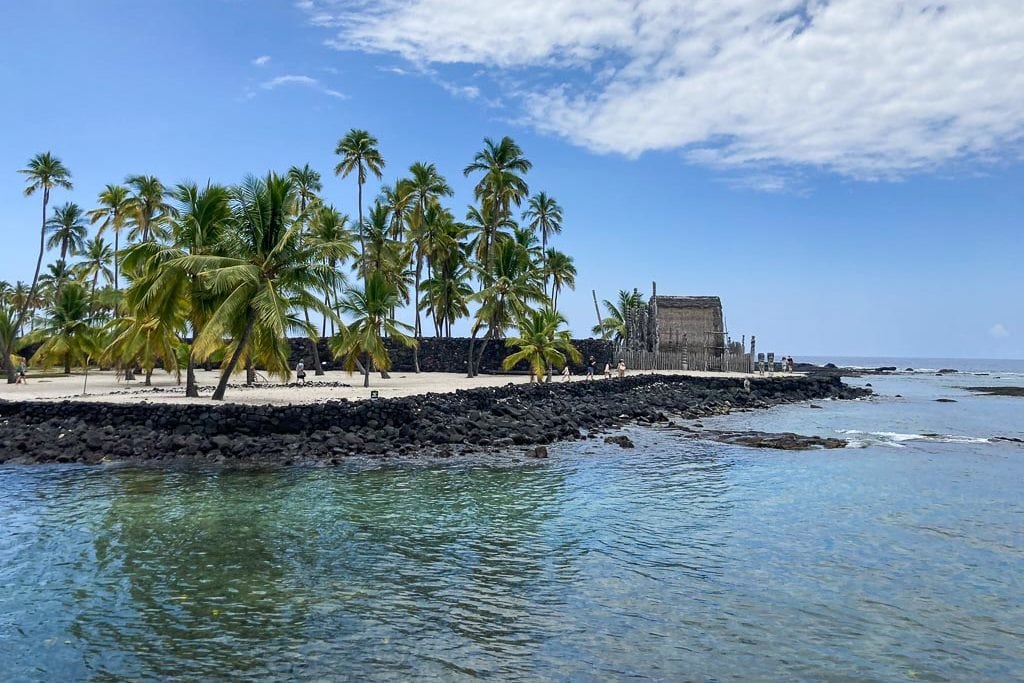
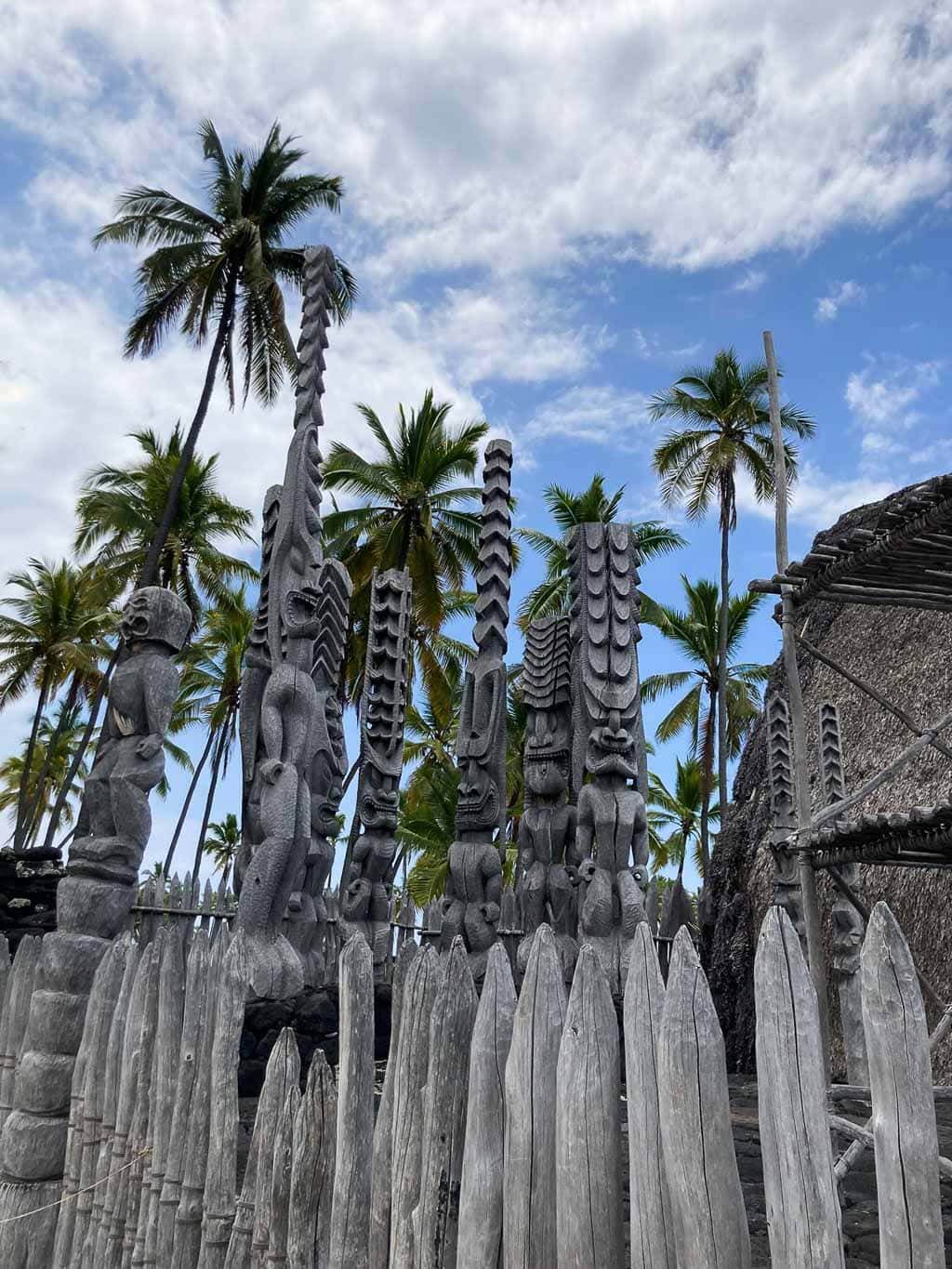
Located on the southwest coast of the Big Island, Pu’uhonua o Hōnaunau National Historical Park is significant ceremonial site in Hawaii.
Bounded by a huge L-shaped wall on its eastern and southern sides, and the ocean on its western and northern sides, this place offered refuge to fugitives, warriors and regular civilians during times of war.
If someone broke the kapu, an ancient system of Hawaiian laws that regulated fishing, planting and harvesting of resources, they were often sentenced to death. However, the lawbreaker could also “seek refuge and forgiveness within the walls of the pu’uhonua.”
Additionally, defeated warriors and relatives of combatants could also find refuge and safety there. Those who reached the puʻuhonua were protected from all physical harm.
Many pu’uhonua existed in ancient Hawaii, but the Pu’uhonua o Hōnaunau is the most significant and best preserved one, especially because of its monumental wall.
The Pu’uhonua o Hōnaunau National Historical Park preserves the Pu’uhonua itself, as well as the Royal Grounds. Other features include a beachside picnic area and a visitor center.
The 2-mile roundtrip 1871 Trail to Ki’ilae Village is worth hiking, too, and is a part of the Ala Kahakai National Historic Trail (see below).
More information: https://www.nps.gov/puho/index.htm
Pu’ukoholā Heiau National Historic Site, Hawaii
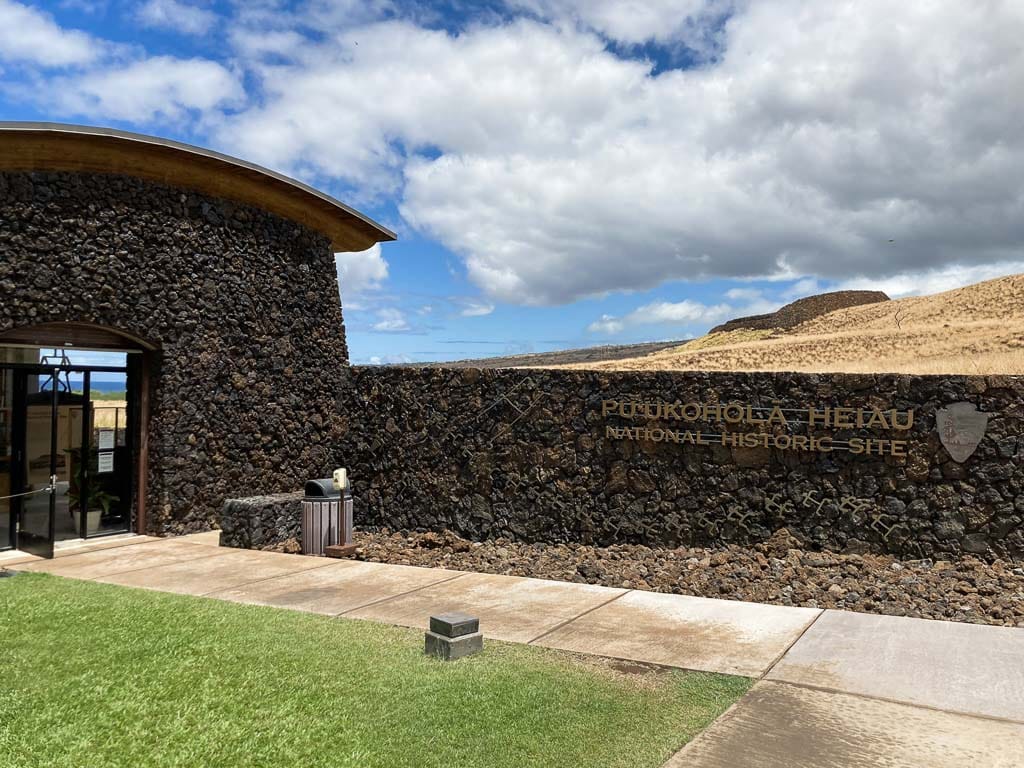
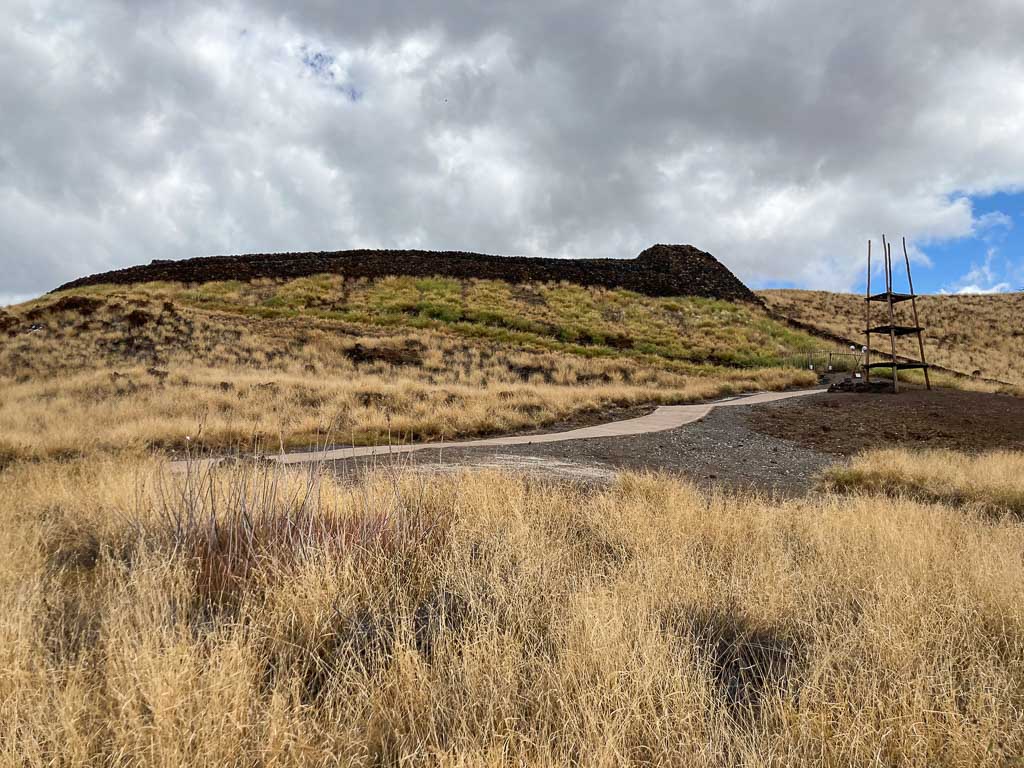
One of the most significant historic sites in Hawaii—arguably the most important site—Pu’ukoholā Heiau is a symbol of the unification of the Hawaiian Islands and lasting peace.
Built as a great temple on the northwest shore of the Big Island, Pu’ukoholā Heiau majestically overlooks the turquoise waters of the Pacific.
It was here that Kamehameha planned and organized his conquest of the other Hawaiian Islands, in which he succeeded. In a sense, this is the birthplace of the Kingdom of Hawaii, with Kamehameha the Great as its first ruler.
Pu’ukoholā Heiau National Historic Site also tells the story of other noteworthy people. Those include John Young and Isaac Davis, two English sailors who became confidants and advisors of King Kamehameha, as well as Queen Emma and Liholiho (Kamehameha II).
Besides to the iconic Pu’ukoholā Heiau temple, there are several other landmarks at this fascinating Hawaii national park.
The remains of the John Young Homestead are still visible, while the grounds of the Pelekane Royal Courtyard are open to the public and host the annual Cultural Festival. Pelekane is also a great spot to see sharks in the clear offshore waters.
Additionally, Mailekini Heiau stands just below Pu’ukoholā Heiau. A temple converted into a fort with the aid of John Young, it featured modern European weaponry, such as cannons and guns obtained from traders, and had a storehouse for swords.
This illustrated the enormous change that occurred in the Hawaiian Islands during the reign of Kamehameha I.
It also shows Kamehameha’s intelligence and ability to adapt to new technologies, which ultimately allowed him to establish and maintain his rule over the entire Hawaiian archipelago, something that had never been done before.
More information: https://www.nps.gov/puhe/index.htm
Hawai’i Volcanoes National Park, Hawaii
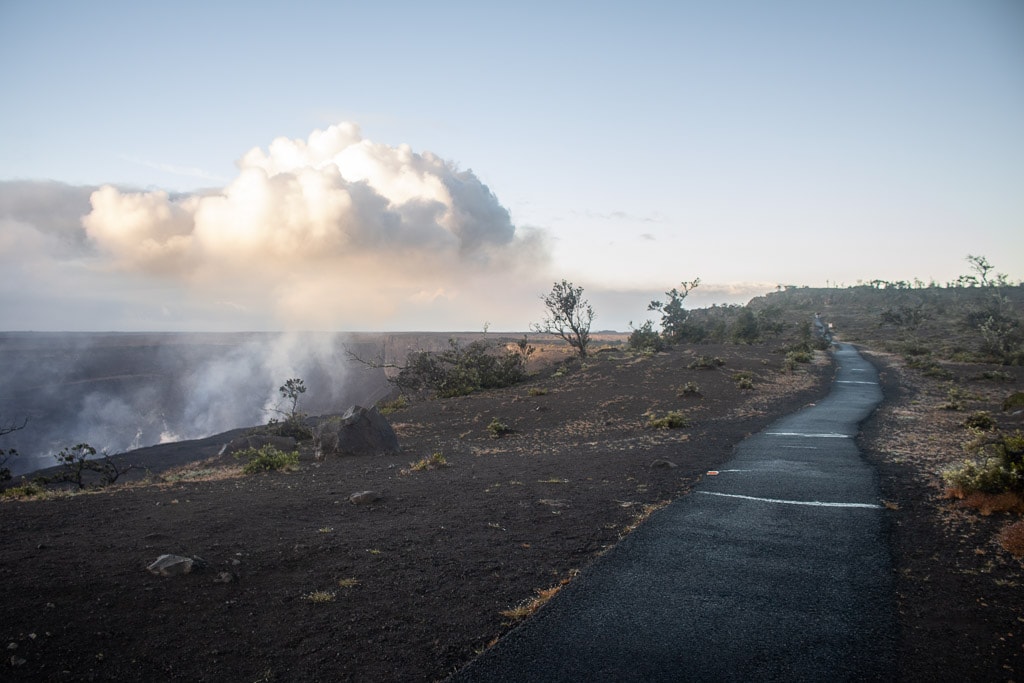
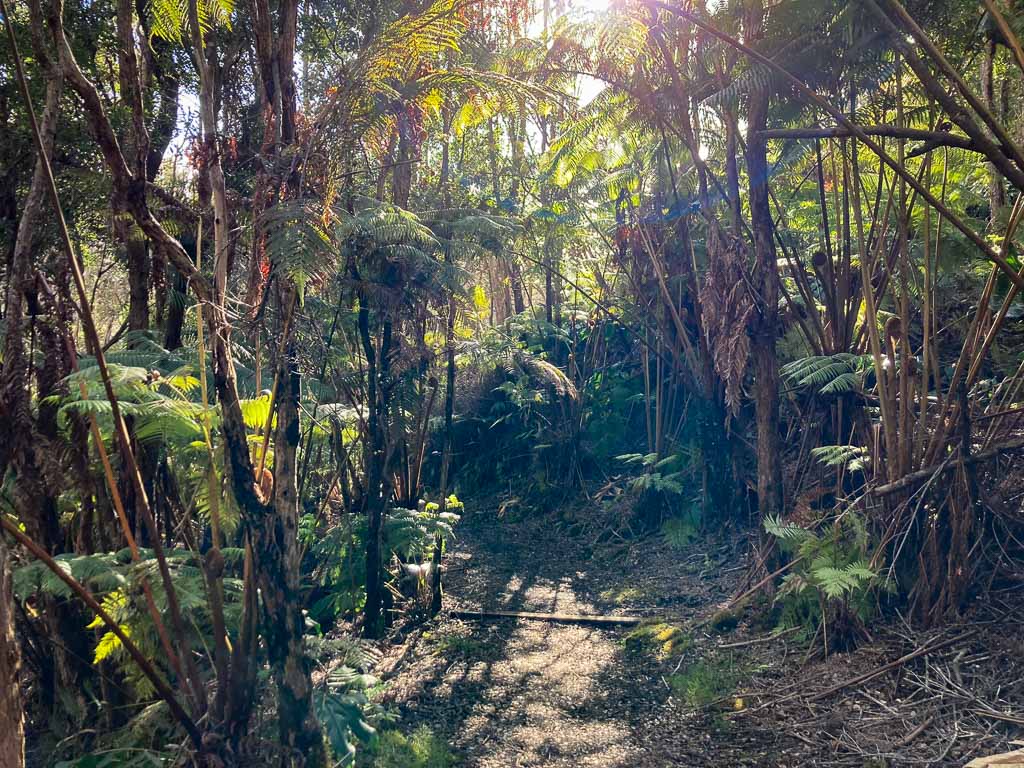
Encompassing much of the Big Island’s southern half, Hawai’i Volcanoes National Park is home to two of the largest and most active volcanoes on the planet.
Kīlauea is an extremely active volcano, having almost continuously erupted since the 1980’s. Constant lava flows from the caldera run down its slopes and directly into the ocean, effectively creating new land right in front of visitors’ eyes.
The second major volcano in Hawai’i Volcanoes National Park is Mauna Loa.
With its total height of approximately 56,000 feet (17,000 meters) from the ocean floor to its summit, it’s one of the most massive mountains on Earth. (From base to top, that’s more than 27,000 feet (8,230 meters) higher than Mount Everest!)
In both volume and mass, it’s considered the world’s largest volcano. Together with Mount Rainier, Mauna Loa is one of the two American “Decade Volcanoes”.
Because of its exceptional natural value, Hawai’i Volcanoes National Park is both an International Biosphere Reserve and a UNESCO World Heritage Site. It preserves some of the world’s most extraordinary geological, biological and cultural landscapes.
There are awesome hiking trails at Hawai’i Volcanoes National Park, as well as fascinating sacred sites, historic ranching landscapes, spectacular overlooks, sprawling volcanic wilderness areas, lava tubes and scenic driving routes.
The historic Volcano House Hotel, on the other hand, is the main accommodation within Hawai’i Volcanoes National Park and one of the great lodges in the national parks system.
More information: https://www.nps.gov/havo/index.htm
Ala Kahakai National Historic Trail
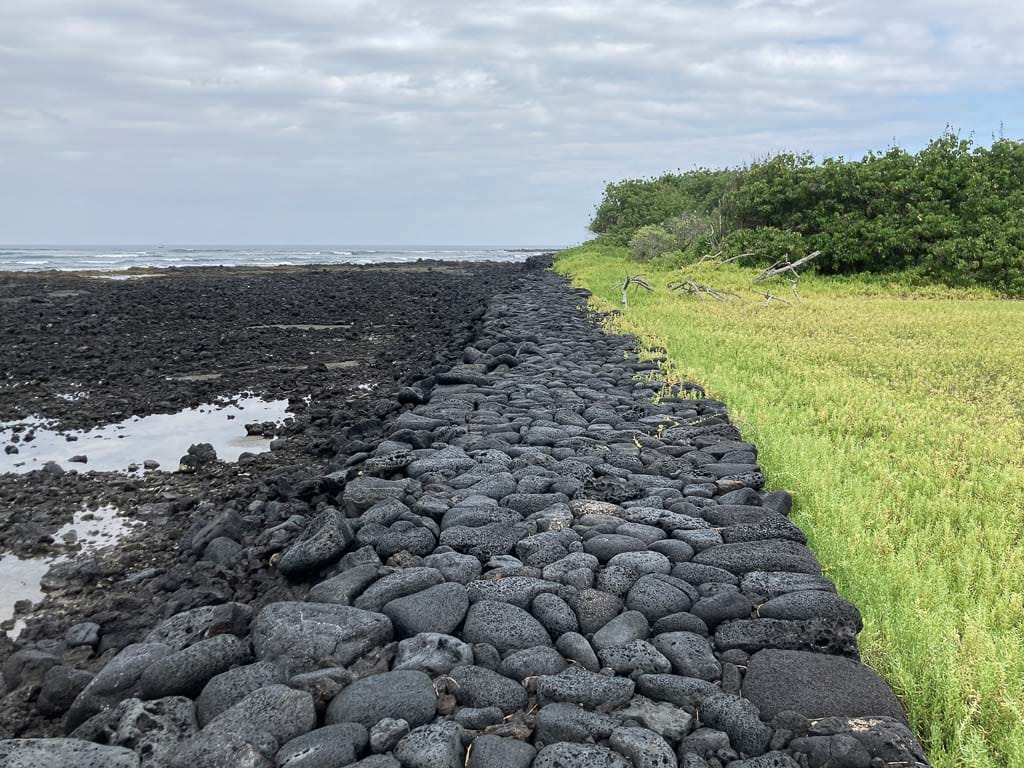
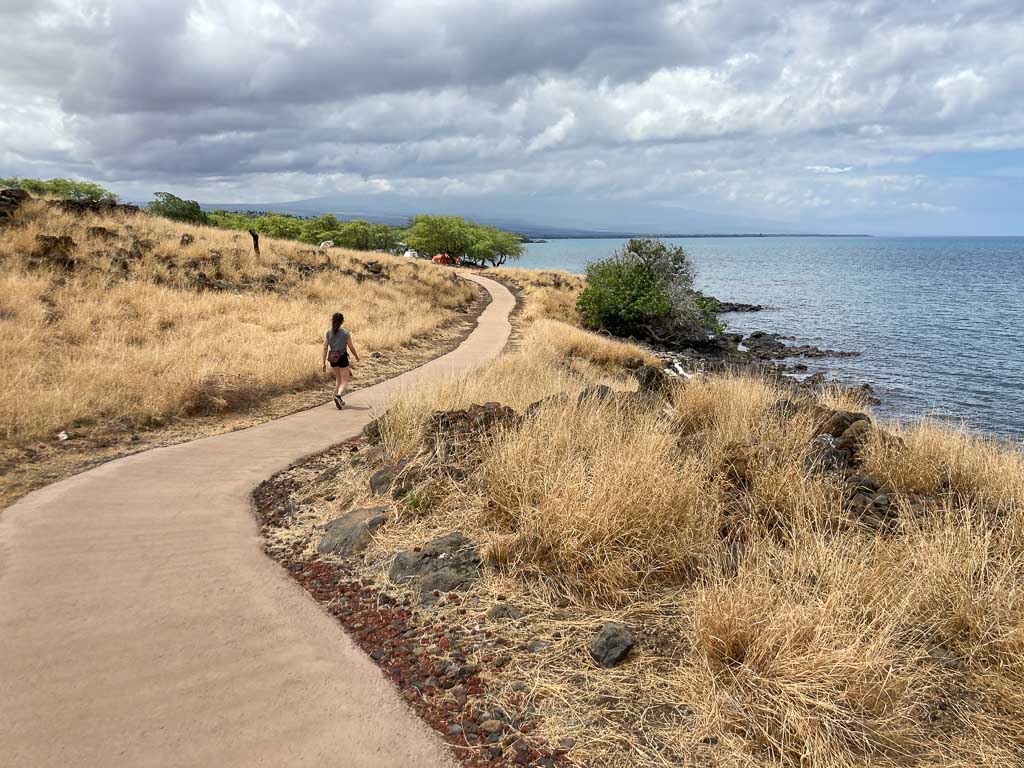
The Ala Kahakai National Historic Trail was created in 2000 to “preserve, protect and interpret traditional Native Hawaiian culture and natural resources.”
This amazing coastal trail, also known as the “trail by the sea”, is 175 miles long and runs along the entire west coast and much of the south coast of the Big Island of Hawaii.
On its way, it passes through numerous cultural and historic places, from wahi pana or storied landscapes and ancient native Hawaiian sites to more than 200 ahupua’a or traditional land divisions. Connecting a network of shorter coastal trails, it traverses lava flows and sandy beaches.
The Ala Kahakai runs past all four of the other National Park Service sites on Hawaii’s Big Island.
More information: https://www.nps.gov/alka/index.htm





